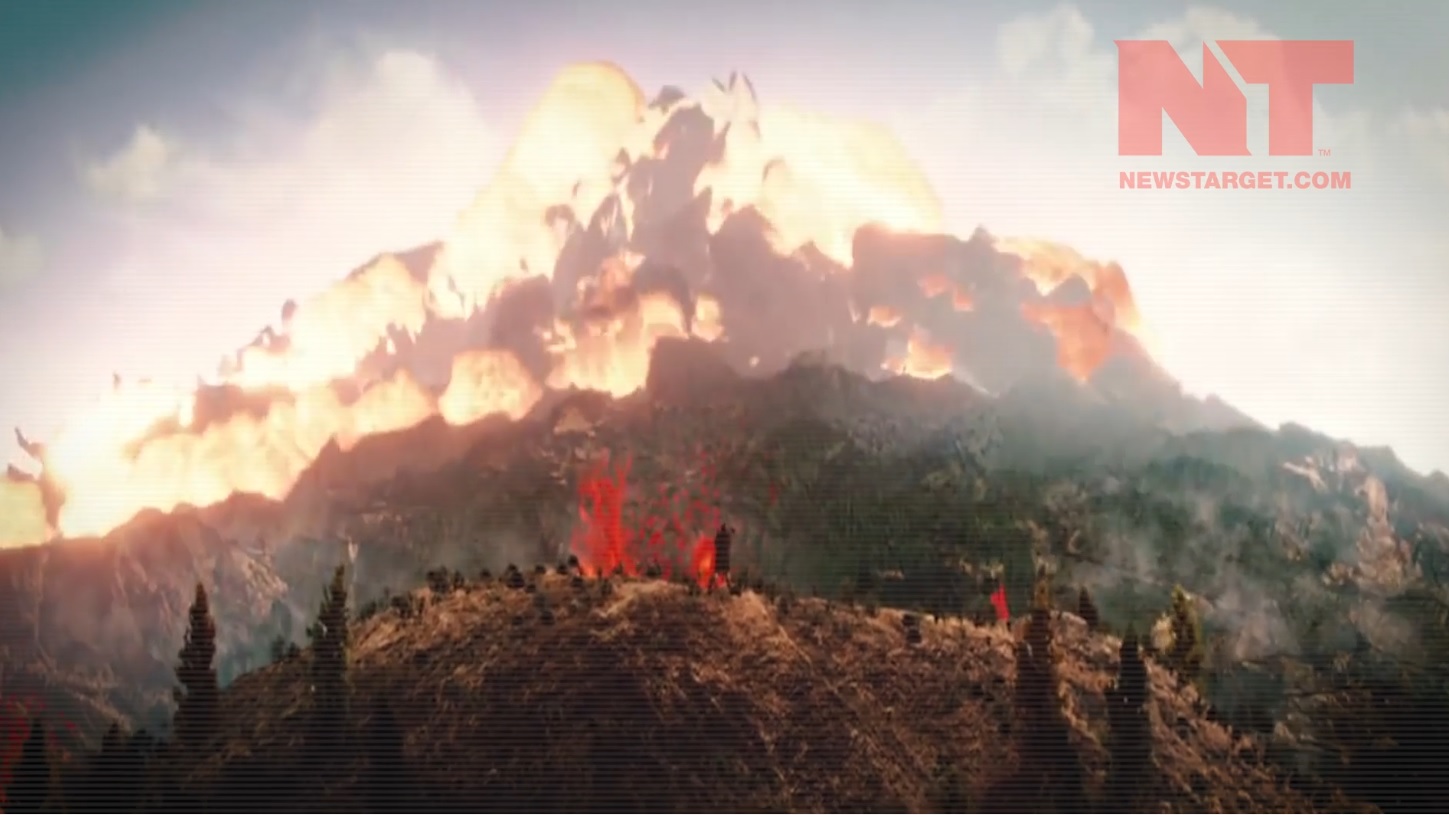
A massive column of ash and smoke clouded the skies of north Sumatra, Indonesia, after Mount Sinabung erupted on Monday, 10:16 a.m. local time. The plume of smoke rose around 5,000 meters, or more than three miles, to the sky and plunged surrounding towns in darkness.
Ash and debris fall accumulated two inches on the volcano’s slopes in already abandoned villages, according to Armen Putera, a local official with Indonesia’s Center for Volcanology and Geological Hazard Mitigation (PVMBG). Ballistic impacts and pyroclastic flow from the eruptions reached areas more than a mile from the main crater, as well as over three miles along the southeast and northeast flanks.
No fatality or injury was reported from the blast. However, authorities issued a warning for possible lava flows and more eruptions.
“We ask residents and tourists to exercise caution, stay away from Mt. Sinabung. Keep your guard up, because a larger eruption could occur anytime,” said M. Nurul Asrori, another PVMBG official stationed at the Sinabung observation post.
Mount Sinabung first erupted on Saturday, 1:58 a.m., its latest activity since reemerging as an active volcano in 2010.
Noon was as dark as night
The massive plume of smoke drowned the midday light, causing a lot of towns to go dark in the middle of the day. One town went completely dark in minutes.
“It was like magic; when the ash came it went from being very bright to dark as night. The village went dark for about 20 minutes,” said Rencana Sitepu, the head of Naman Teran, a district located around 3.2 miles from the volcano. He added that the community’s crops were affected as a result of the ashfall.
Putera said that the volcanic ash from Monday’s eruption blanketed at least three districts and darkened the skies, particularly in Naman Teran. He added that more eruptions are expected in the following days due to increased tectonic earthquakes that rattled the volcano.
“We have recorded increased tectonic earthquakes in Mount Sinabung over the past 12 hours. These are signs of eruptions,” said Putera.
Residents were forced to halt their activities due to the thick ash. The pandemic made matters worse, as people scrambled without face masks and violated safety rules. (Related: A volcanic eruption in 1815 blocked the sun for a full year, causing global crop failures and famine... and it could happen again.)
Sinabung eruptions in the past
Mount Sinabung was inactive for about 400 years until it roared back to life in 2010. After another period of inactivity, it erupted again in 2013 and remained active ever since. Recent eruptions of Sinabung were deadly, as in 2014 and 2016, where 16 and seven people died, respectively. Tens of thousands of people had to leave their homes over the past string of years.
For 14 months starting last year, however, residents enjoyed a period of inactivity -- that is, until Saturday this past weekend. The volcano spouted an ash plume over 1.2 miles high, spreading as far as Berastagi – a town nearly 19 miles from the volcano. A second eruption occurred later in the afternoon and produced a column of ash over 3,000 feet high.
According to Asrori, the eruptions over the weekend clearly indicate that the volcano is once again active. He added that a bigger eruption is imminent but noted that PVMBG could not predict when this is going to happen.
Mount Sinabung is one of the more than 120 active volcanoes in Indonesia, which is prone to seismic disturbances due to its location on the Pacific Ring of Fire -- the belt of volcanoes and fault lines around the Pacific basin.
Earlier on June 21, Mount Merapi in central Java also erupted and spewed more than six kilometers of ash and gas explosions. The volcano, which is one of the most active volcanoes in Indonesia, erupted twice on the same day, each lasting for seven minutes.
Disaster.news has more on recent volcanic eruptions.
Sources include:
Please contact us for more information.

















